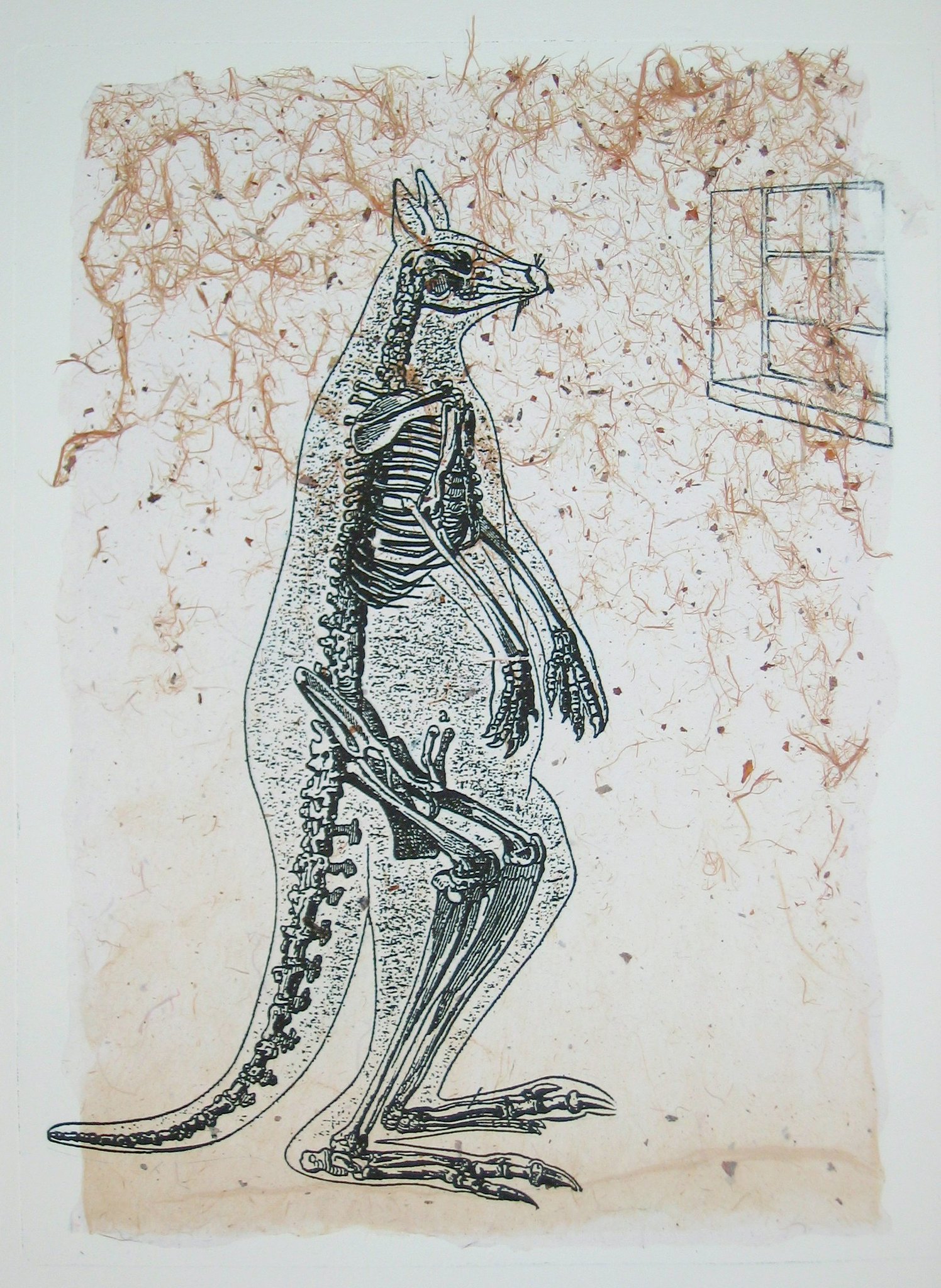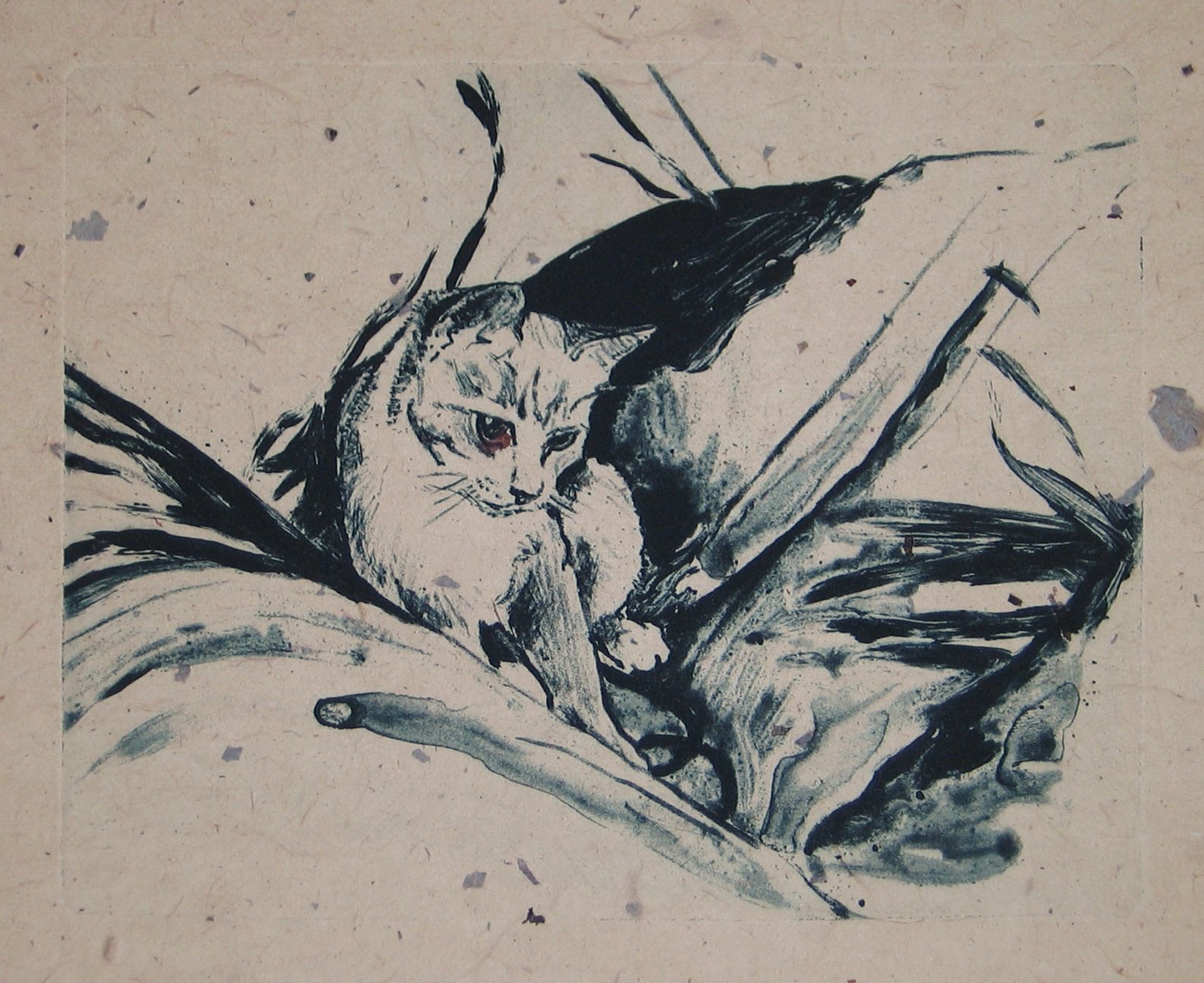Printmaking
Printmaking is the process of making artworks by printing, normally on paper. Printmaking normally covers only the process of creating prints with an element of originality. Except in the case of monotyping, the process is capable of producing multiples of the same piece, which is called a print. The resulting work is not a copy, but an independent work of art, an original fine art print. This is because typically each print varies to an extent due to variables intrinsic to the printmaking process, and also because the imagery of a print is typically not simply a reproduction of another work but rather is often a unique image designed from the start to be expressed in a particular printmaking technique. A print may be known as an impression. Printmaking (other than monotyping) is not chosen only for its ability to produce multiple impressions, but rather for the unique qualities that each of the printmaking processes lends itself to.
Prints are created by transferring ink from a matrix or through a prepared screen to a sheet of paper or other material. Common types of matrices include: metal plates, usually copper or zinc, or polymer plates for engraving or etching; stone, aluminum, or polymer for lithography; blocks of wood for woodcuts and wood engravings; and linoleum for linocuts. For multi-colour prints, typically one plate is prepared for each individual colour.
Multiple impressions printed from the same matrix form an edition. Since the late 19th century, artists have generally signed individual impressions from an edition and often number the impressions to form a limited edition; the matrix is then destroyed so that no more prints can be produced.
Digital prints
Digital prints refers to images printed using a digital printer instead of a traditional printing press. These images can be printed to a variety of substrates including paper, cloth, wood or plastic canvas. Accurate color reproduction and the type of ink used are key to distinguishing high quality from low quality digital prints. High quality digital prints typically are reproduced with very high-resolution data files with very high-precision printers.
Giclée means digital prints made on inkjet printers. It is based on the French word gicleur, which means “nozzle”. Today fine art prints produced on ink-jet machines using the CMYK color model are generally called “Giclée”. These prints last for several decades as they are printed on high quality cotton paper.










